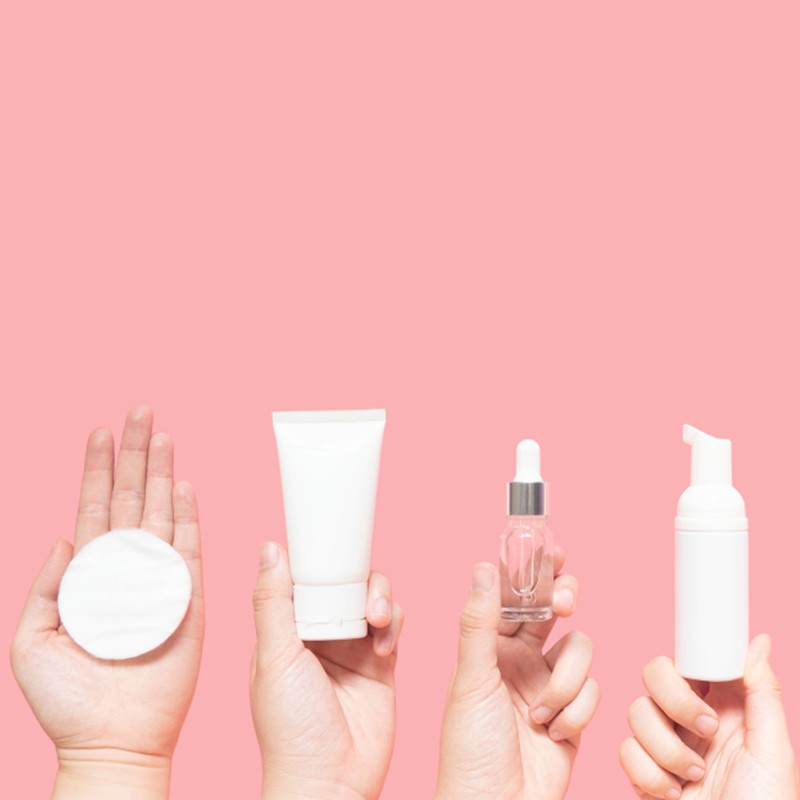7 Things a Dermatologist Wants You To Stop Doing
Avoiding The INCI List
Befriend the ingredient list and work out what you’re putting on your skin, especially if you suffer with skin sensitivities. “If you have sensitive skin and suffer from eczema, acne or rosacea, you might find it’s best to avoid products with certain ingredients that may irritate your skin,” advises Anjali. There are some ingredients in particular that you might be wary of. “Be cautious of using those that contain the following: alcohol, fragrance, ammonium lauryl sulphate, sodium lauryl sulphate, methylisothiazolinone, essential oils, witch hazel and menthol. It is also best to stay away from exfoliation scrubs or harsh toners which can cause further problems.”
Using Sunbeds
Tanning beds are a definite no-no. “These can increase the risk of premature ageing as well as skin cancer,” notes Anjali. Excessive sunbathing can be crossed off the list as well. “Real tanning works by exposing you to UV radiation that damages the skin and increases the risk of skin cancer.” You’re much better off sticking to the bottle stuff: “Using a fake tan is considerably safer than lying in the sun or a tanning booth.”
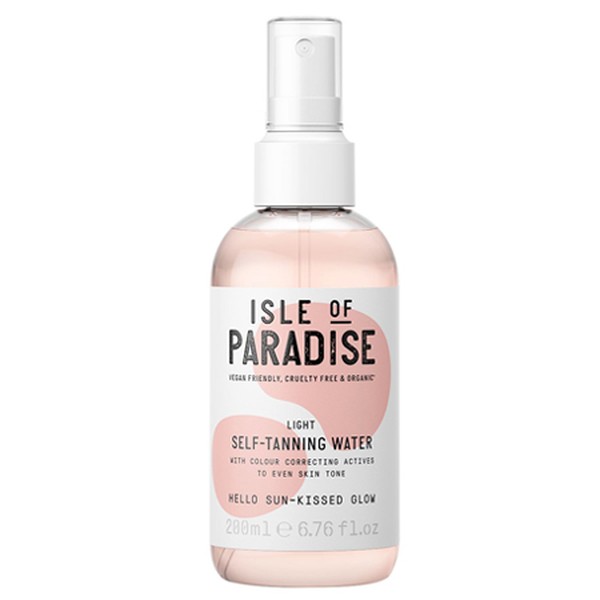
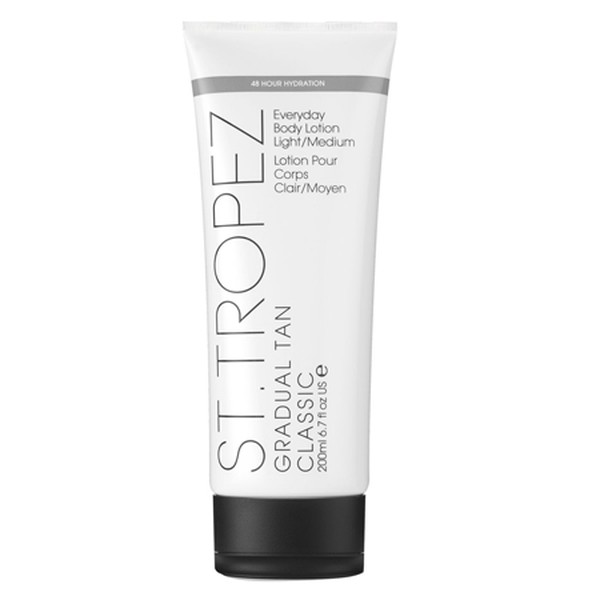

Overloading Skin With Too Many Products
Forget the nine-step routine. More product doesn’t equate to a better skincare routine. “Less is more,” says Anjali. “Complex skin routines and mixing multiple active ingredients can lead towards irritation.” Instead, choose a streamlined edit of products that fit your skin’s needs: “You can curate your own pared-back routine by picking skincare items wisely and looking for those that have multipurpose functions.”
Skipping Sunscreen
Come rain or shine, SPF should be worn every day if you want to protect your skin from the damaging effects of the sun. “It’s really important that sunscreen is part of your regular daily skincare routine. Apply it post-moisturiser and underneath your make-up,” Anjali recommends. Yep, even in the UK when it’s drizzly and grey. “Many people think you don’t need to worry about using sunscreen if it’s cloudy, but up to 80% of ultraviolet light from the sun will penetrate through cloud cover, so it’s still possible to get burnt even when the sun isn’t beaming. Choose a broad-spectrum option which provides protection against both UVA and UVB light, and make sure it’s a minimum of SPF 15-30. Some fake tans claim to include an SPF, but this can be misleading as any SPF within the fake tan will wear off a couple of hours after application.”
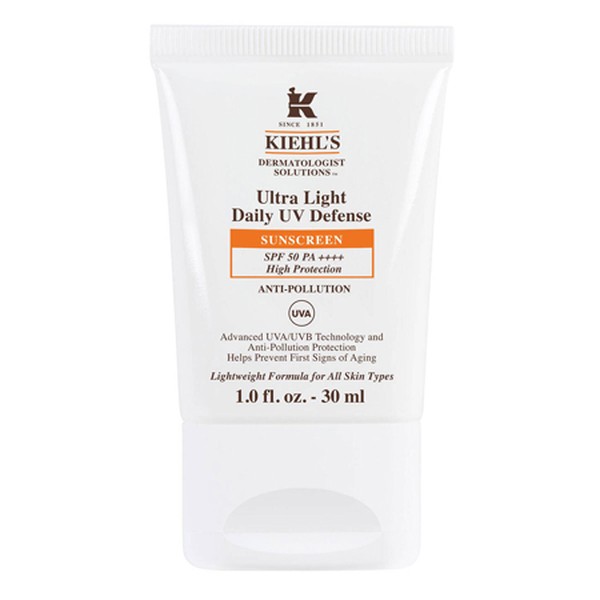
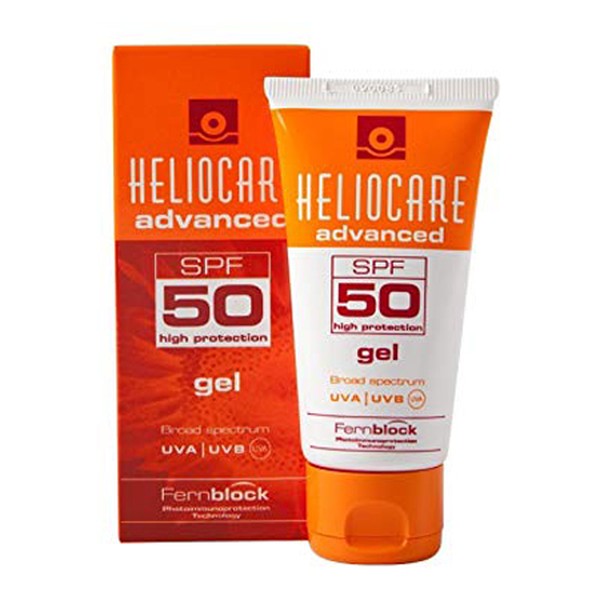
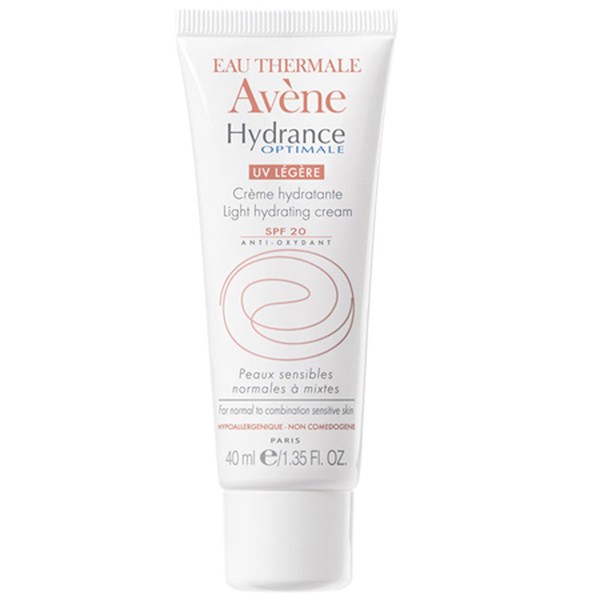
Taking Overly Hot Baths Or Showers
On a cold winter’s day, there’s nothing like warming up in a hot shower or sinking into a blistering bath. Unsurprisingly, this level of heat isn’t good for the skin, especially if you suffer with sensitivities. “Exposure to very hot water strips away the natural oils and throws off your skin’s protective layer,” explains Anjali. “This can aggravate conditions like eczema, psoriasis and acne, and even lead to infection.” Try and shrink the time spent in showers and baths, and dial down the temperature. If your skin is overly dehydrated, look to formulas that contain ingredients like hyaluronic acid, glycerin and ceramides – all of which lock in moisture and boost levels of collagen, in turn promoting elasticity and skin’s firmness.
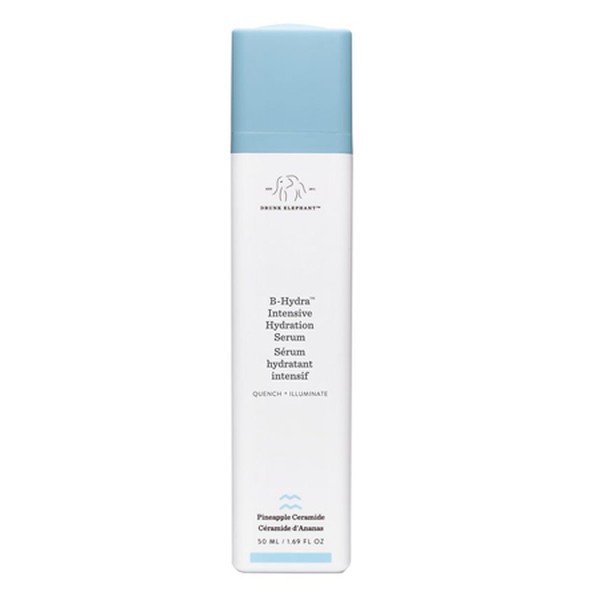
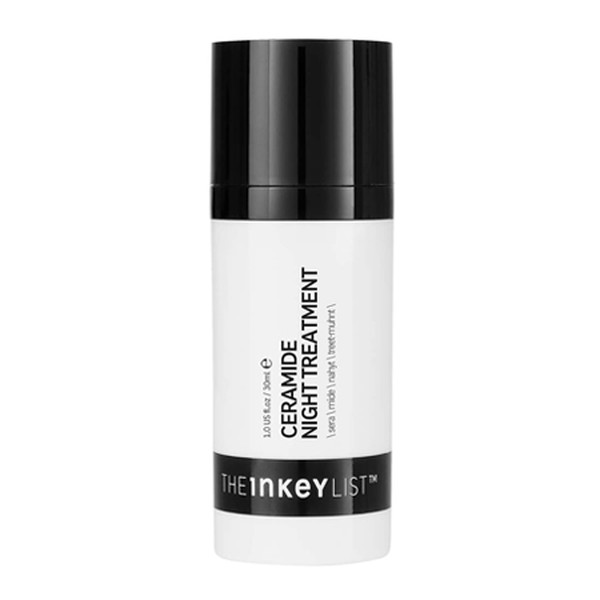
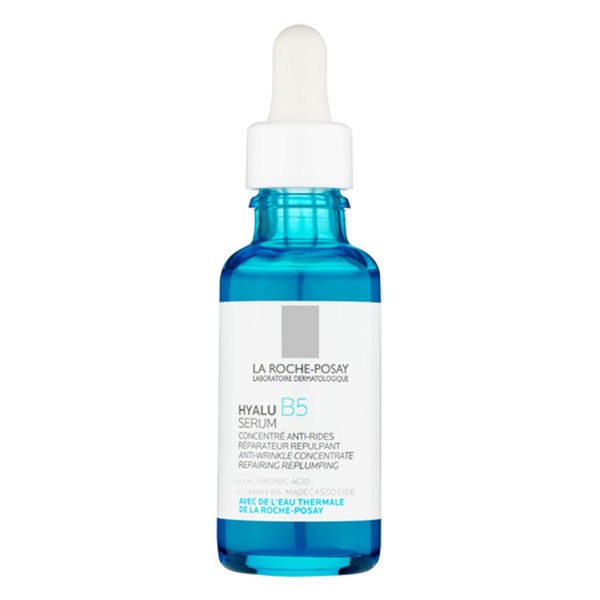
Turning To Dr Google
The internet is a wild west for beauty advice and misinformation is rife. “There are lots of myths about skin online. Lots of skin conditions look similar to each other so diagnoses are best left to the experts,” warns Anjali. If you have any skin concerns, skip the digital diagnosis and always see your GP, who can refer you to a dermatologist.
Picking Spots
It’s hard to resist the urge to pick spots, but it’s a fast track to scarring. “Scars are the result of an imperfect healing process,” explains Anjali. “When you pick spots or scabs, you interfere with this process, leaving marks in the tissues that appears as scars.” To help squash the habit, look to the latest craze of pimple patches. These are small, clear circles that sit over the offending zit, preventing you from scratching while delivering a potent dose of spot-zapping ingredients – think salicylic acid and niacinamide – that reduce redness and prevent spots from spreading and getting larger.
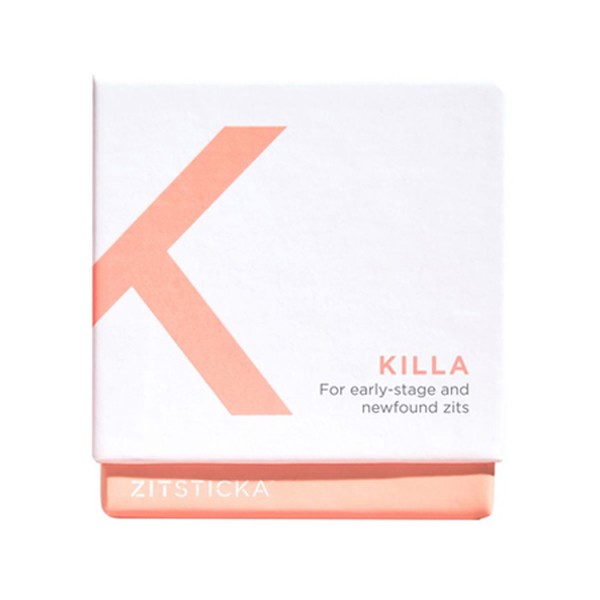

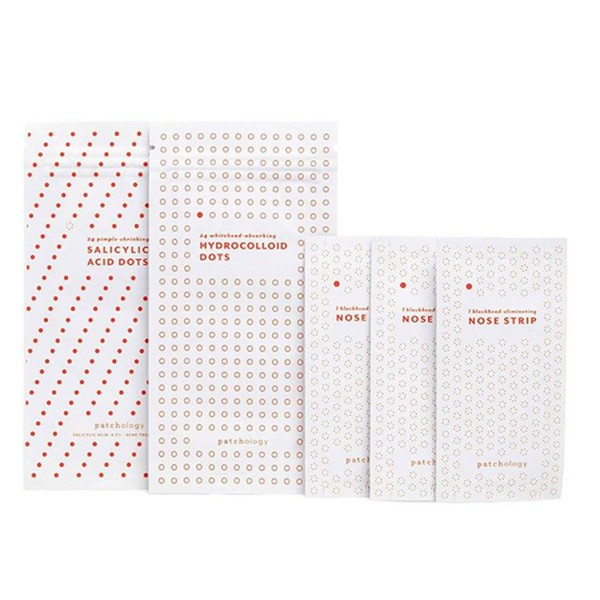
DISCLAIMER: We endeavour to always credit the correct original source of every image we use. If you think a credit may be incorrect, please contact us at info@sheerluxe.com.
